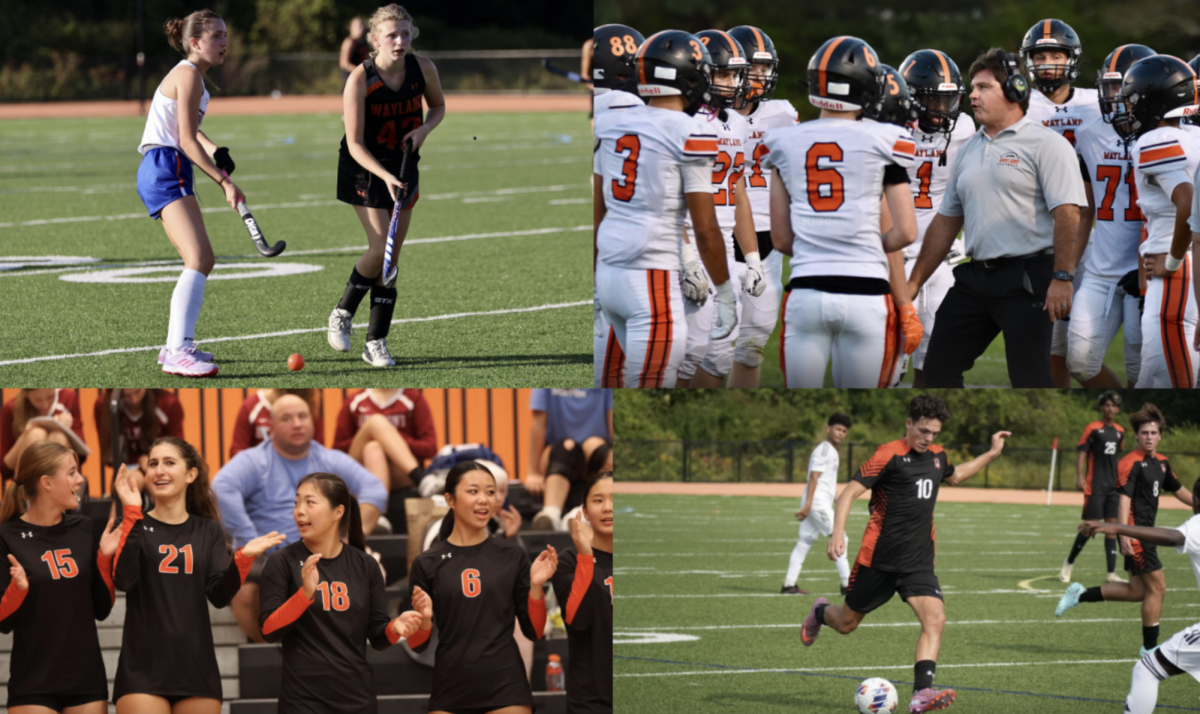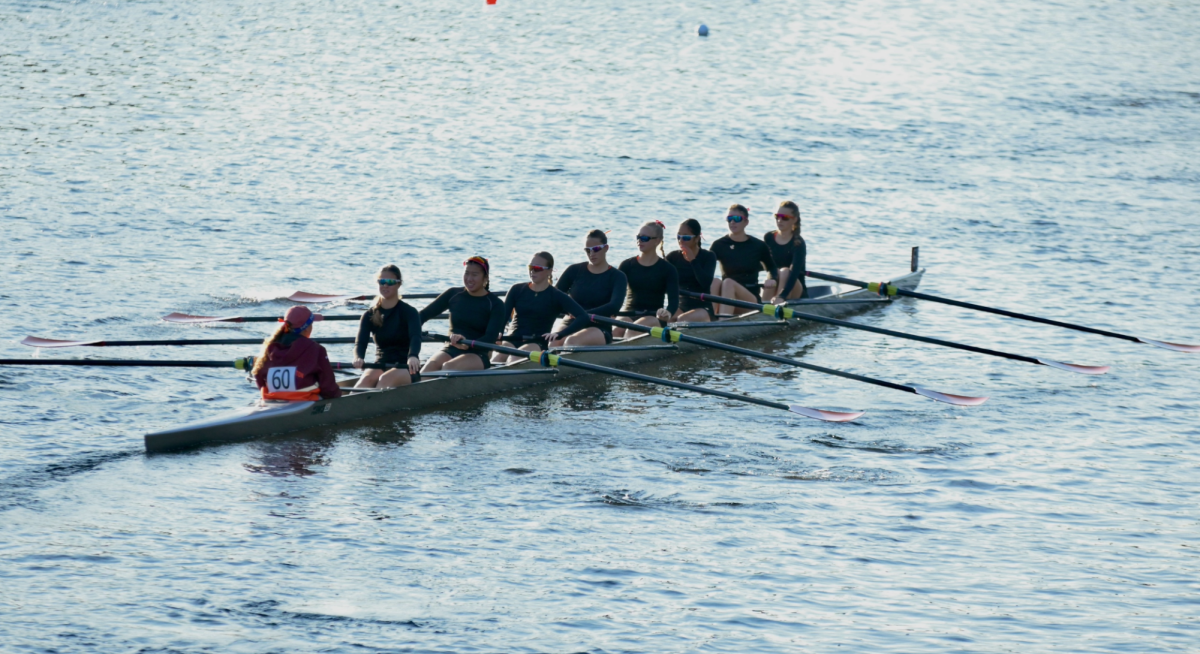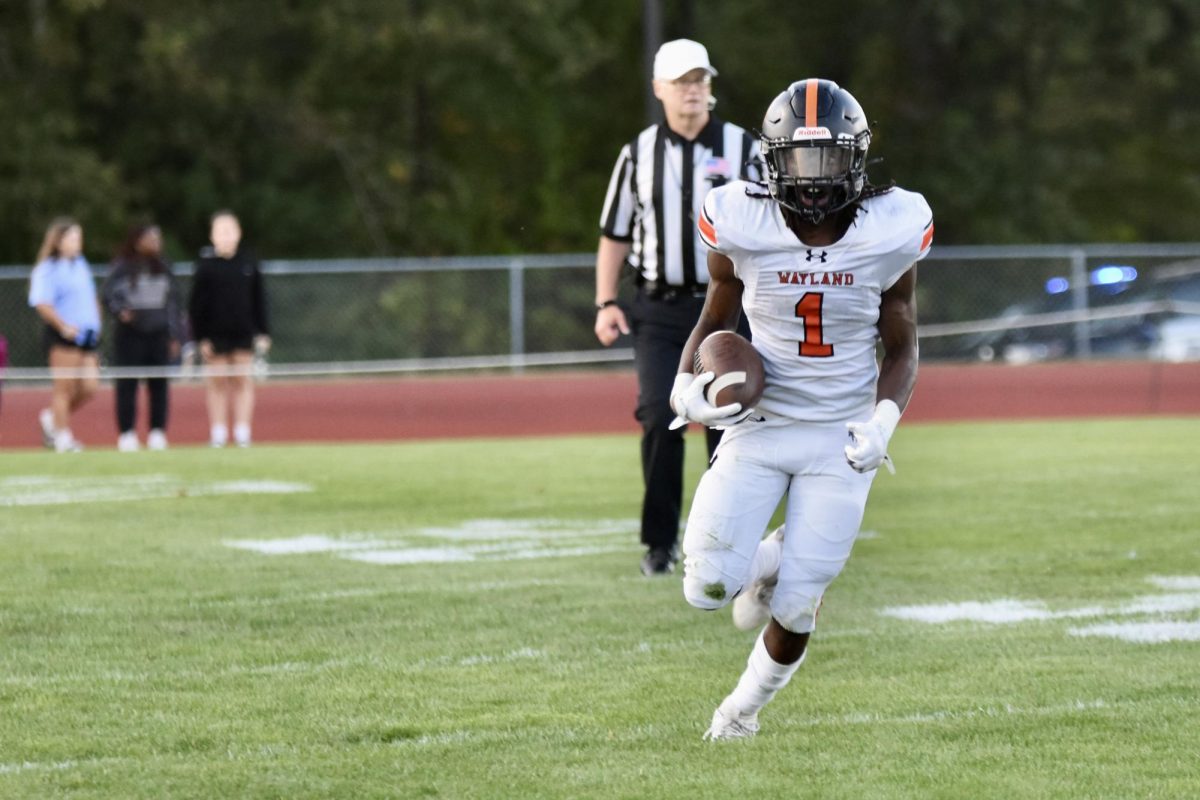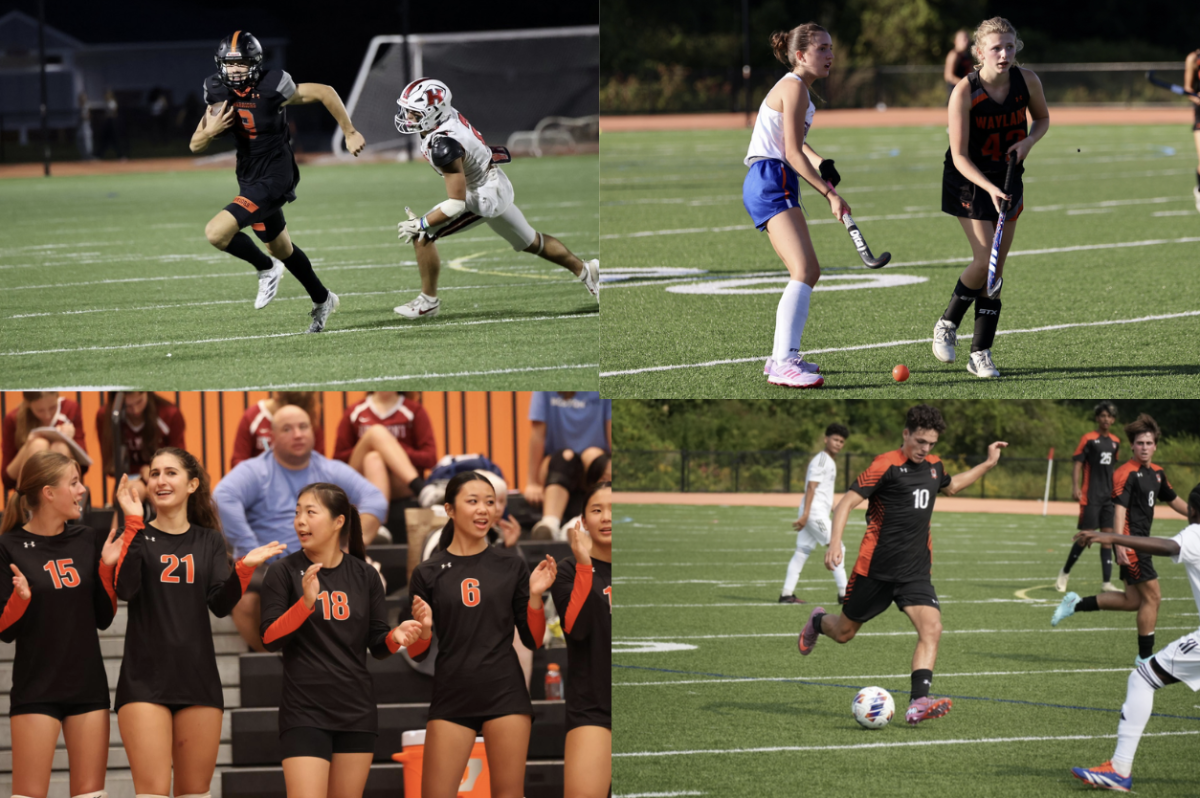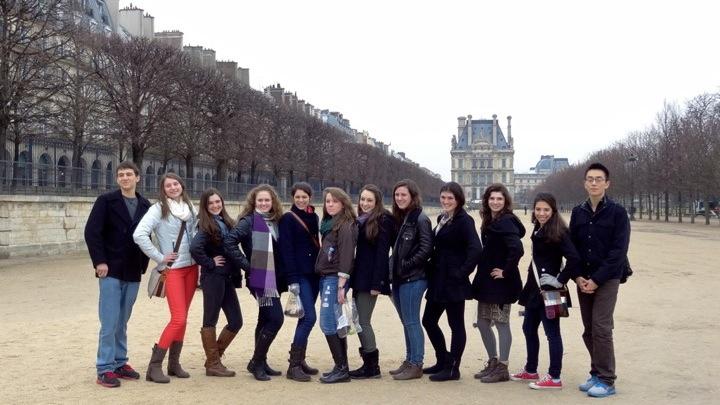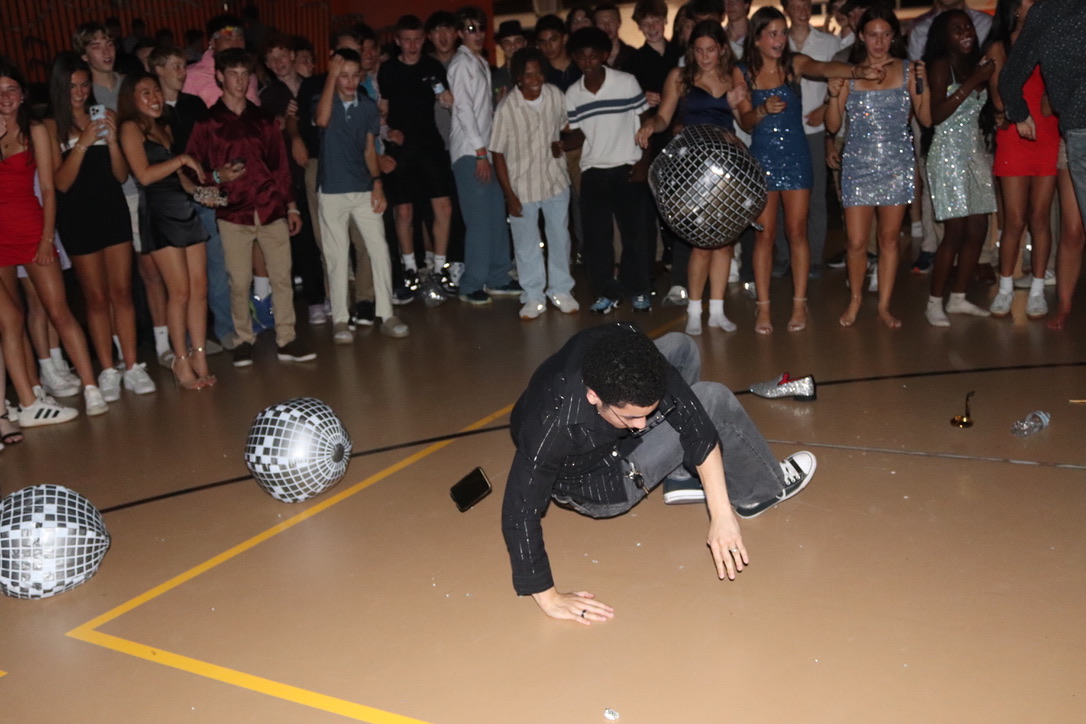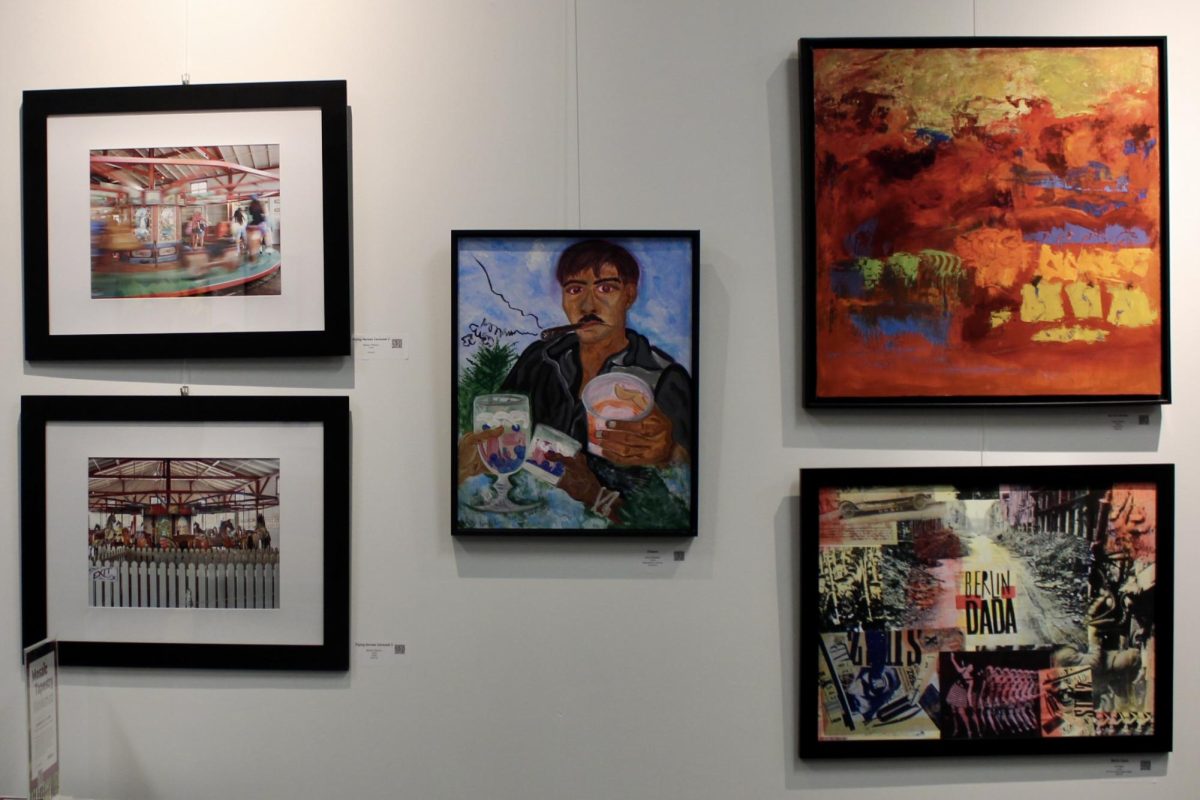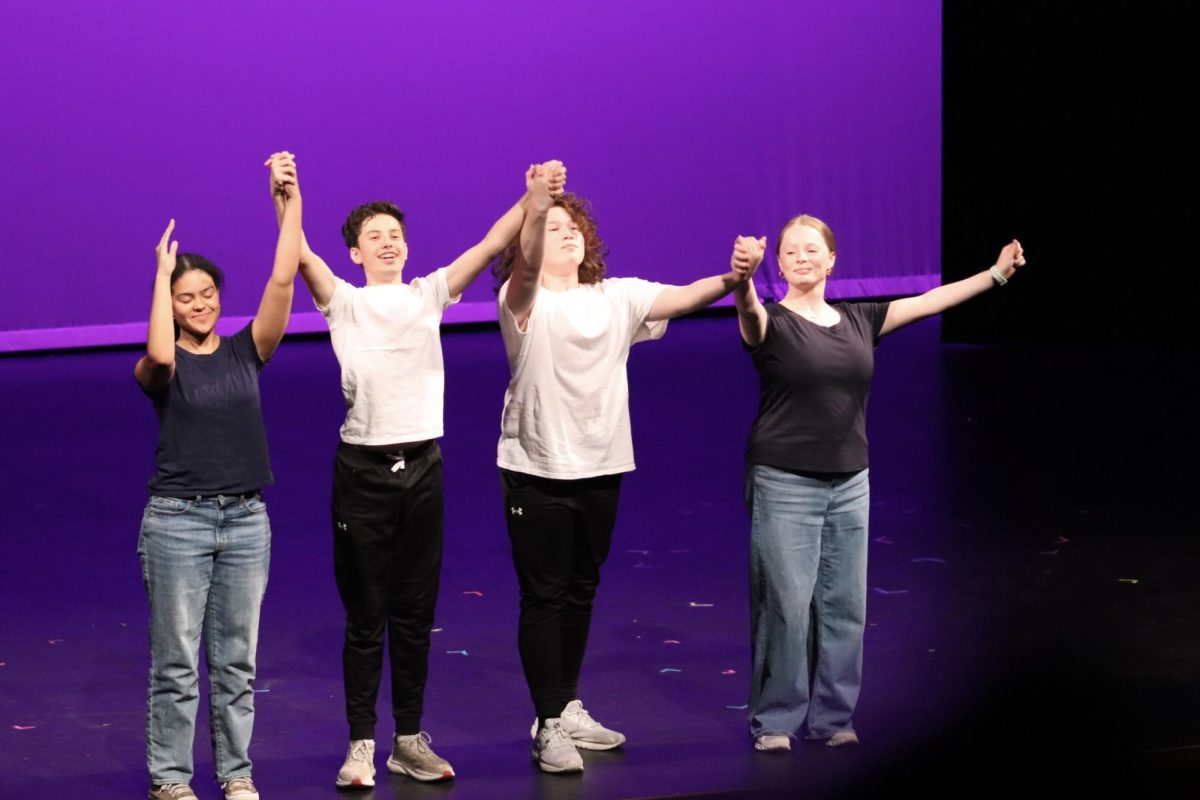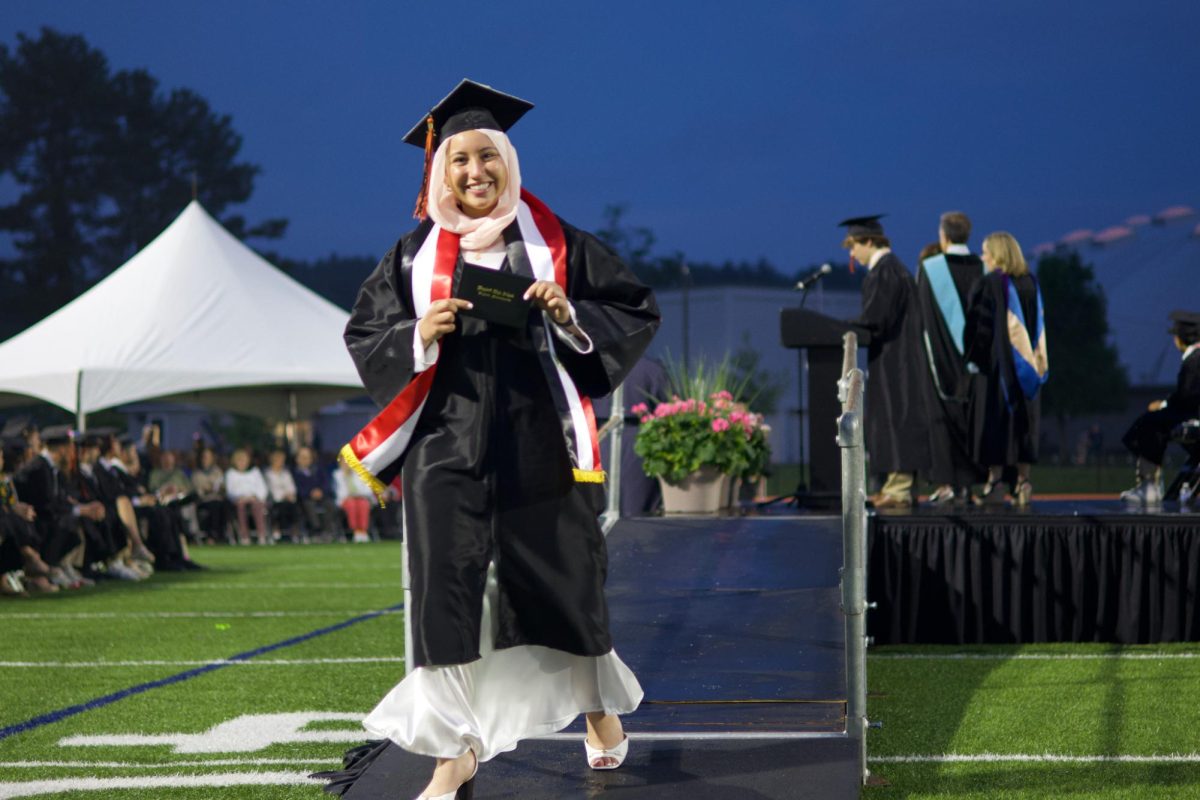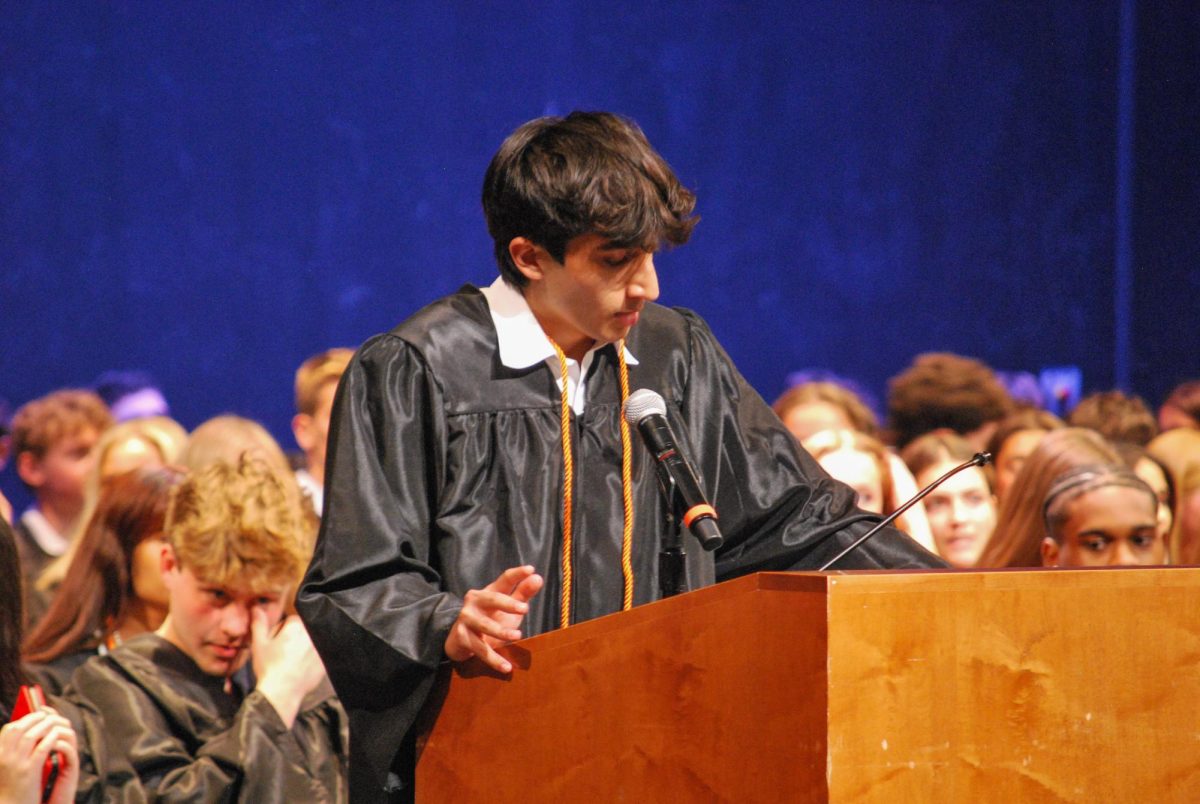[monoslideshow id=”140″]
WSPN reporters Alex Erdekian and Ally Toto visited France over February vacation with a group of students to sightsee and stay in a French home. During the trip, they reflected on different aspects of their experience.
Paris
Paris was our first stop on the France trip. We immediately observed the differences between Paris and the American cities we were familiar with, such as Boston and New York. The buildings were intricately designed and shorter, typically about four stories, unlike the skyscrapers seen in American cities. Streets were smaller and were sometimes paved with cobblestone. We toured the city, focusing on famous monuments. Some of the highlights of Paris included climbing the L’Arc de Triomphe, shopping on the Champs-Elysees, taking a boat ride on the Seine, visiting the Louvre and D’Orsay museums and dining at the Eiffel Tower. Typical snacks we enjoyed in Paris? Croissants, crepes and macaroons.
Nice
A great contrast to Paris, Nice is a small city located on the French Riviera. The sunny, mild weather was a welcome change from the gloomy, grey skies of Paris. Nice is situated close to the Monaco and Italy. The vegetation includes palm trees and tropical plants. The city is lined with rocky beaches that attract tourists in the summer. Before meeting our host families at their school, we spent a few hours touring Nice as a group. We visited the Fragonard Perfumery and explored the area.
School
The school we attended, Lycee Massena, was very different from Wayland High School. It was a much larger, open campus made of stone. Student schedules varied drastically; some students attended class from eight to five, while others only had morning or afternoon classes. School was scheduled Monday through Saturday, and each class was one to three hours. The classes were taught differently from Wayland because technology, such as computers, Smartboards and projectors, weren’t used. Instead, teachers lectured and used a chalkboard, while students diligently took notes, using a variety of supplies including multicolored pens and rulers. We didn’t see any students texting during class, but some passed notes. The attitude of the students varied from class to class. In some classes, students would quietly chat through the entire lesson, while other classes were dead silent. Although students had different teachers for each subject, the same students were together in every class.
Lycee Massena is also drastically different from WHS in terms of extracurriculars. At their school, and in their town, there are no sports teams. French students don’t competitively play sports, with the exception of a small percentage of kids who play on club teams.
Social
The high school students in Nice had more freedom than we have in Wayland. It was common for students to go out during the school day for lunch and at night with friends. The driving age in France is older than in the U.S., and they can’t start learning until the age of 18. However, because Nice is a city, other means of transportation such as the train or bus are available, allowing them to easily navigate the city without relying on their parents. It was also common to see both teenagers and adults smoking cigarettes and drinking wine with meals. The drinking age in France is 18, but the law is not strictly enforced in restaurants, homes or bars. The etiquette in French homes was different as well; at meals it was considered polite to eat with both hands on the table, and people rarely took off their shoes in their homes.










